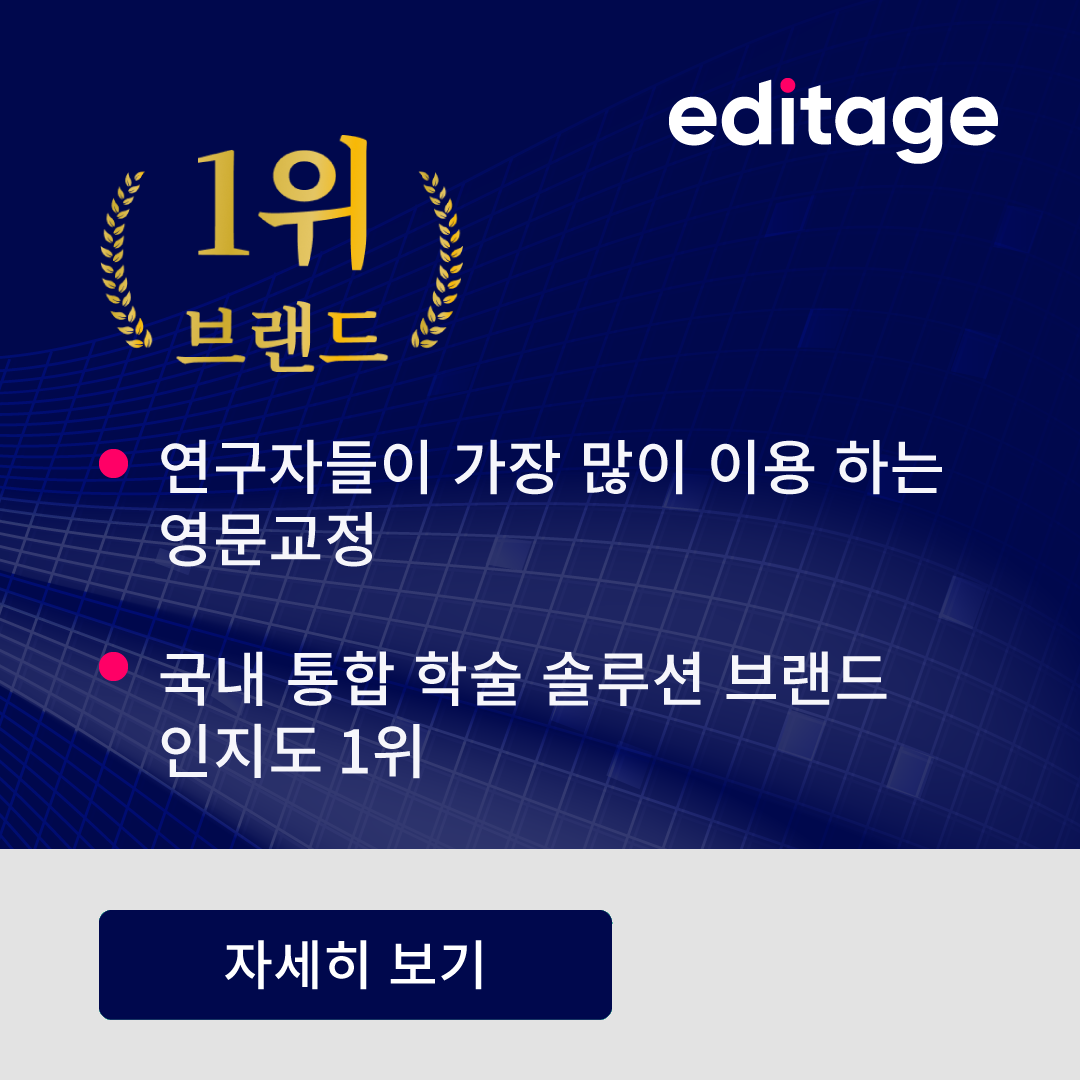I understand how frustrating multiple rejections can be after all the hard work you’ve put in and the time you’ve spent in designing and conducting the study, and then in writing, rewriting, submitting, and resubmitting your manuscript. But now that you’ve come so far, it would be imprudent to give up, however strong the temptation! I’m sure your manuscript is in much better shape now than it was at the first submission.
Rejection is a natural and necessary part of the publication process, and even the most famous scientists have to deal with it. The story goes that Albert Einstein had one of his papers rejected by The Physical Review before it was accepted by the Journal of the Franklin Institute in Philadelphia. Many published studies have discussed how high rejection rates can be and the reasons for this.
But do not lose heart; no piece of research is ever bad enough to throw away. Before you consider giving up on your rejected manuscript, think about the reasons for rejection at the heart of each referee’s comments. Here are some steps you can take to make your manuscript more appealing for a journal.
- Choose a journal whose scope better suits your article: Do not simply look for a high-impact-factor journal. A journal with a lower impact factor may offer you a much more suitable readership!
- Reframe your research question: Perhaps your research is novel and your findings are very interesting, but you’ve asked the wrong research question or framed the right question the wrong way. Play with your research question and try to reword it. You might just be surprised to find that tweaking your research question makes your findings a lot more exciting.
- Refine your experiments: Sometimes it may just take a couple of extra experiments or minor modifications to your methods to give you outcomes you never expected.
- Show more data: Maybe the data you’re presenting are incomplete, or further still, maybe the data you’ve chosen not to write about are what may actually interest the journal editor. Go over all your data again to make sure you haven’t missed anything worth reporting.
- Present your paper well: Ensure that your manuscript is clear and appealing in terms of its content, structure, and format.
You might fear that international journal editors may have a bias against manuscripts from English-second-language (ESL) authors, but if you are persistent in your honest efforts, and if your work meets the standards of good publication practice, rest assured that you will taste success eventually.










